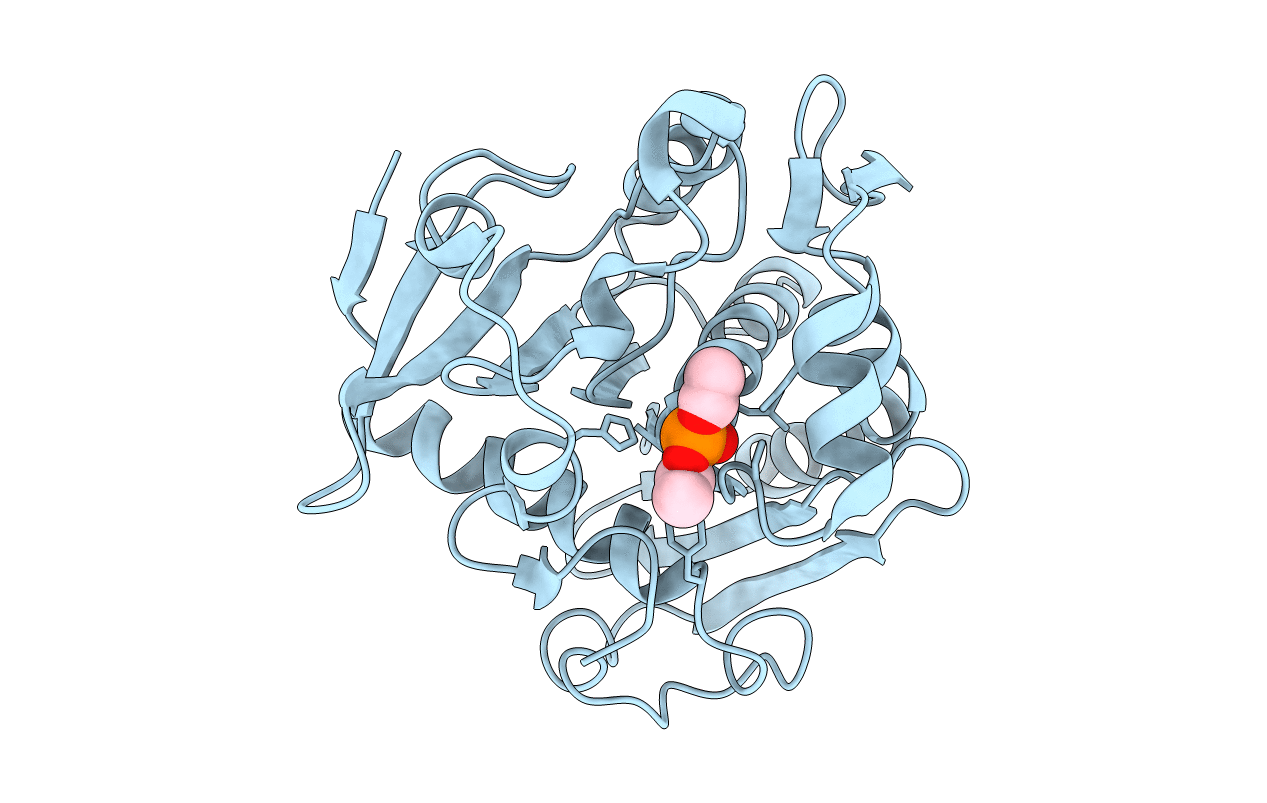
Deposition Date
1991-07-29
Release Date
1993-07-15
Last Version Date
2024-11-20
Entry Detail
PDB ID:
4TGL
Keywords:
Title:
CATALYSIS AT THE INTERFACE: THE ANATOMY OF A CONFORMATIONAL CHANGE IN A TRIGLYCERIDE LIPASE
Biological Source:
Source Organism:
Rhizomucor miehei (Taxon ID: 4839)
Method Details:
Experimental Method:
Resolution:
2.60 Å
R-Value Observed:
0.12
Space Group:
C 2 2 21


